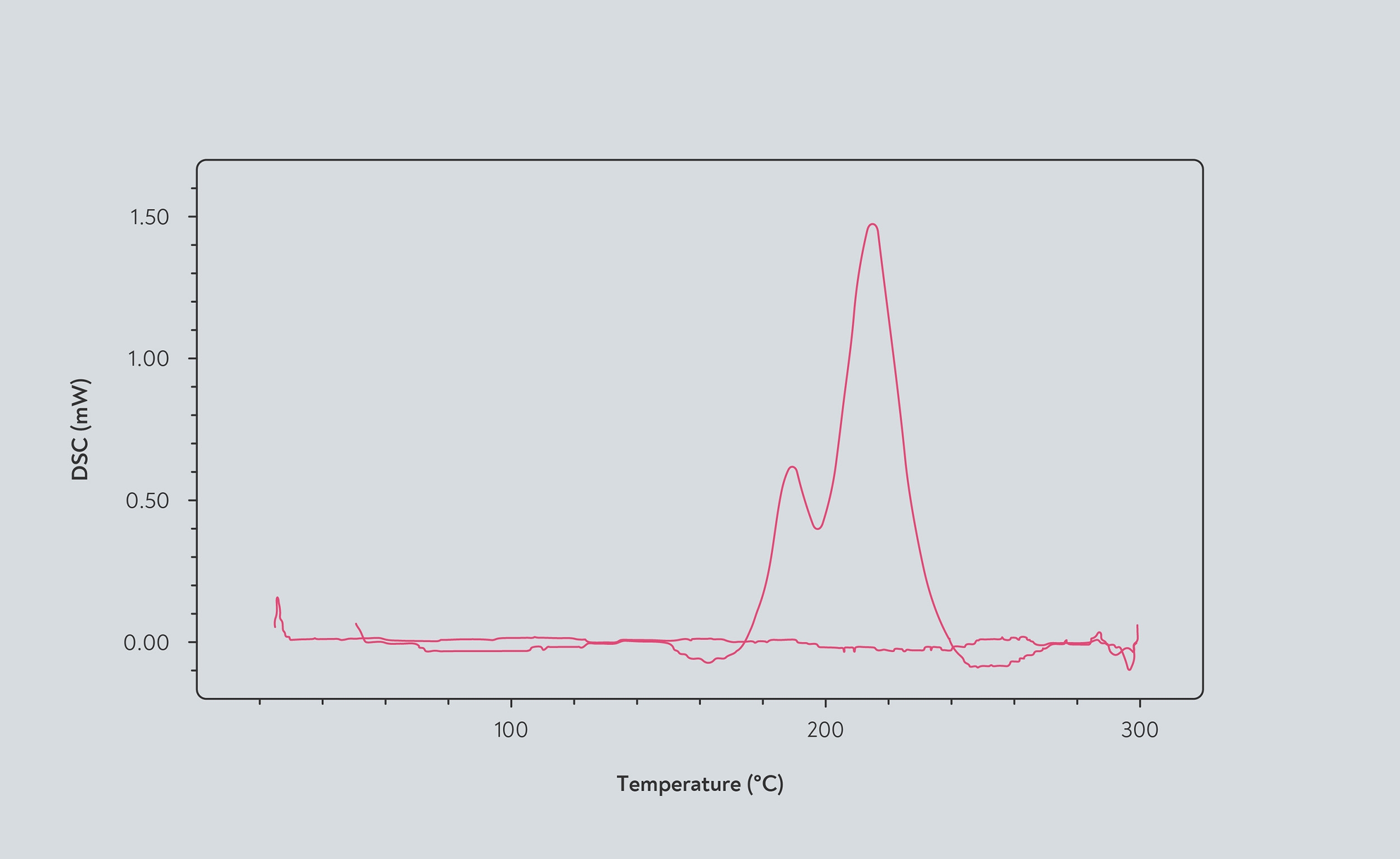While we know that exothermic reactions take place during coffee roasting, it’s not certain how strongly those reactions affect the bean temperature.
Le misurazioni dirette mostrano che le reazioni chimiche nei chicchi di caffè sono in corso bilancia, endothermic during the first part of the roast, but they become exothermic at higher temperatures due to the onset of pyrolysis reactions. Estimates of the temperature at which beans become exothermic vary from 140°C up to around 190°C (Schenker 2000).
Misurare l'esatta quantità di calore sprigionato dalle reazioni chimiche che avvengono durante la tostatura è un'impresa complessa. Il metodo standard consiste nell'aumentare gradualmente la temperatura del caffè in un contenitore sigillato e misurare la quantità di calore necessaria per modificare la temperatura in ogni fase.
Tuttavia, questo è molto diverso dalle condizioni all'interno di una torrefazione del caffè, dove i chicchi vengono riscaldati molto più rapidamente e l'acqua e altri gas possono fuoriuscire liberamente da essi.
 Exothermic reactions in coffee beans shown by differential scanning calorimetry. The red line represents the amount of heat released by chemical processes as the temperature increases. When the line falls below the reference point, the beans are endothermic. When the line rises above the reference point, the beans are exothermic. According to this measurement, the beans become exothermic at 165°C, and the exothermic reactions peak at 210°C. Source: Abdul Ghani et al (2015)
Exothermic reactions in coffee beans shown by differential scanning calorimetry. The red line represents the amount of heat released by chemical processes as the temperature increases. When the line falls below the reference point, the beans are endothermic. When the line rises above the reference point, the beans are exothermic. According to this measurement, the beans become exothermic at 165°C, and the exothermic reactions peak at 210°C. Source: Abdul Ghani et al (2015)
In one study, researchers modelled temperature changes within coffee beans during roasting and calculated the effect that exothermic reactions would have. They found that including exothermic reactions in their model resulted in a final temperature less than 5°C higher than if they ignored those reactions (Abdul Ghani et al 2019). Questa scoperta suggerisce che il ruolo dell'esotermia nel determinare la forma della curva di tostatura è relativamente minore.
L'Altopiano
When roasting coffee, many roasters observe a ‘plateau’ in the rate of rise of the bean temperature in the run up to prima crepa,